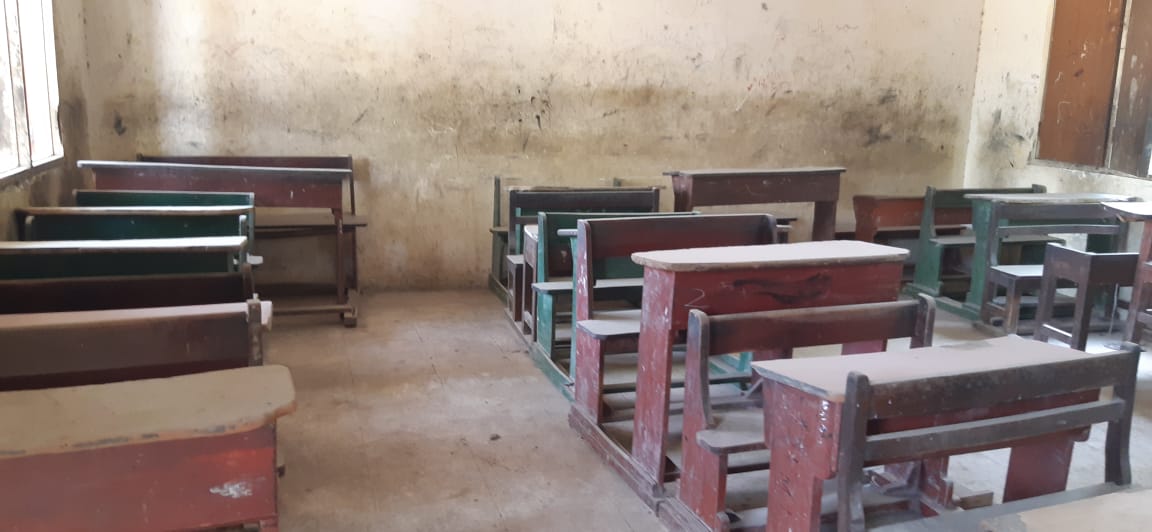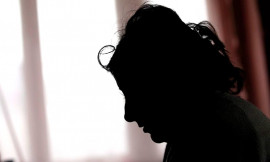
As Covid-19 continues to reinvent education around the world, the transition to distance and online learning has been an uphill battle for many developing countries. This is particularly true for Pakistan, which despite its recent digital expansion, still has the lowest internet penetration rate in all of South Asian region.
For a majority of the country, accessing mobile broadband, which in theory covers 80 per cent of the population, is still a novel experience and only half of the struggle. Once connected to the internet, the next phase of the ordeal is acquiring the digital literacy needed to operate advanced online learning platforms.
Parents’ ordeal
“My children don’t really know how to use internet facility, so it becomes really difficult for me to sit with each of them throughout their online classes, when I have tonnes of errands to run at home,” complained Mahnoor Khan, a housewife from Peshawar.
Securing the tools and technologies required to set up an online learning space has also been a cause for financial stress for Khan and her family. With three children, all attending different school classes at overlapping timings, providing each child with their own laptop on top of the regular school expenses, has been no short of an ordeal for the housewife. “Parents with limited family income like us are in a great stress due to this, while neither the schools nor the government has done anything to assist us in any manner,” she lamented.
Digital access and usage
A recent survey conducted jointly by the Malala Fund and Education Champion in Pakistan, disclosed that although government support for distance learning principally relied on mediums like television, radio and electronic-learning, none of these have been successful in reaching the country’s students.
A majority of the survey’s respondents, 67 per cent, said that they had a TV set at home and around one-third had radio. Yet however, only 20 per cent appeared to be accessing educational TV while a mere two per cent ever used educational radio.
The survey report also highlighted that although smartphone access was fairly high (60 per cent), three-quarters of those with access reported only being able to afford data connection intermittently. Fewer girls (59 per cent) than boys (68 per cent) reported being able to access smartphones.
Published in The Express Tribune, December 16th, 2020.







1724919650-0/Untitled-design-(5)1724919650-0-270x192.webp)










COMMENTS
Comments are moderated and generally will be posted if they are on-topic and not abusive.
For more information, please see our Comments FAQ